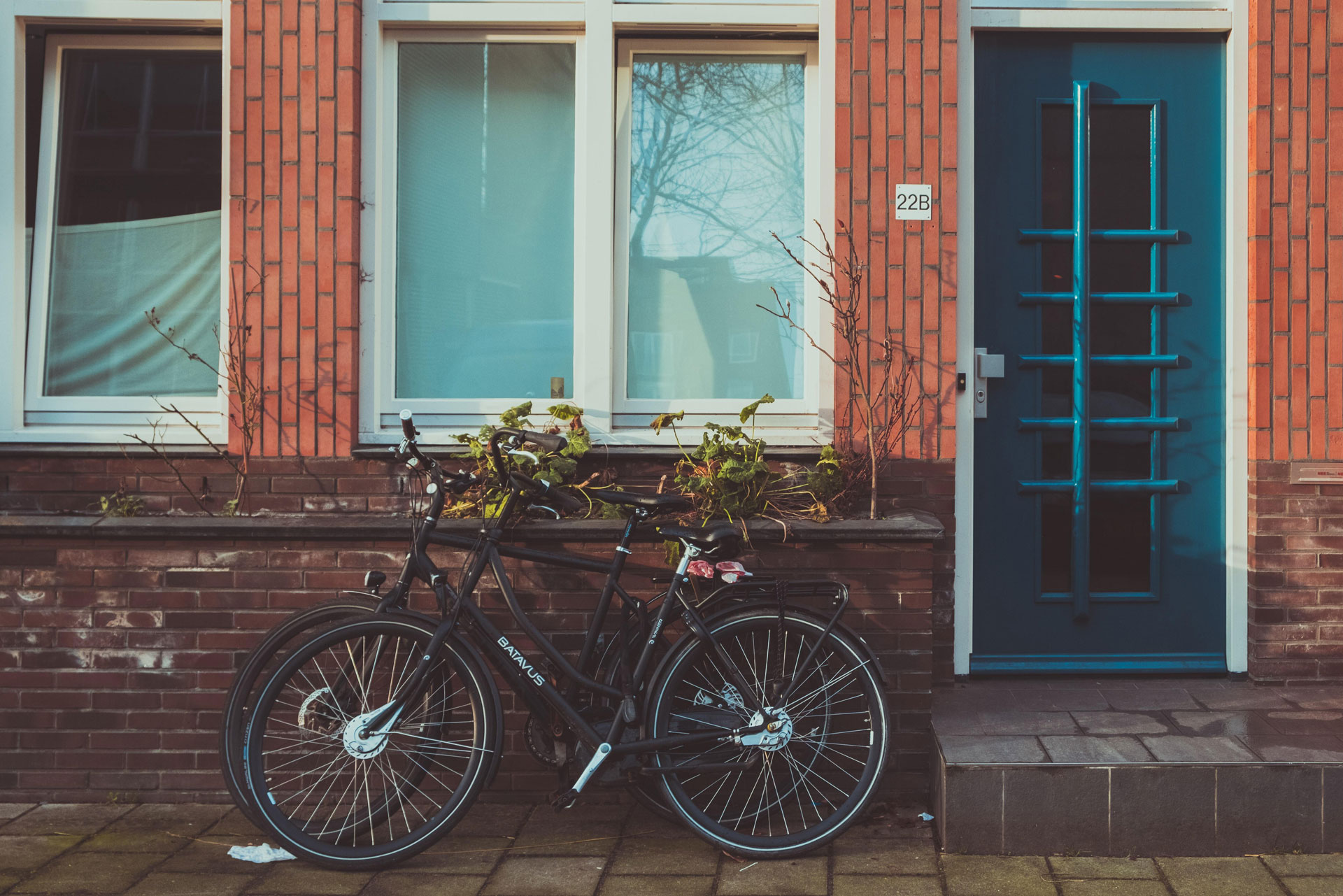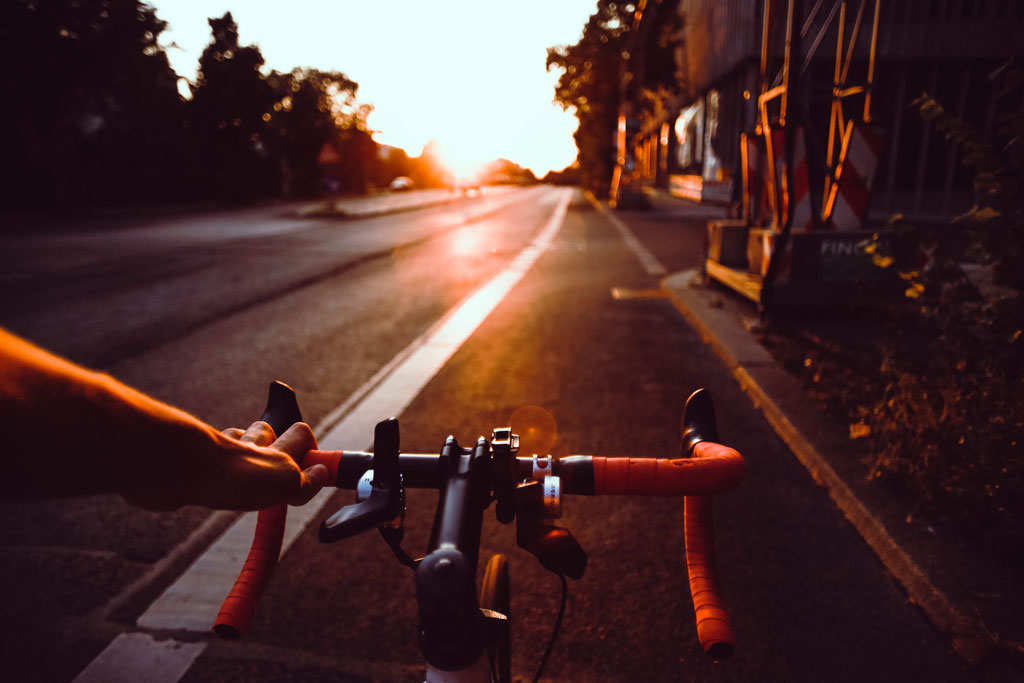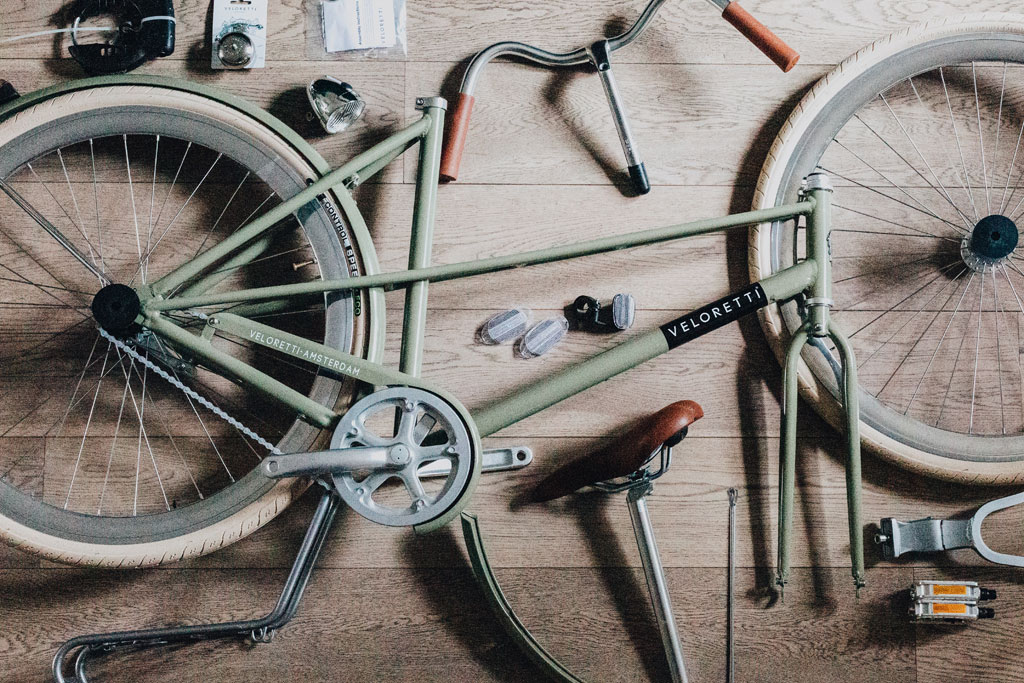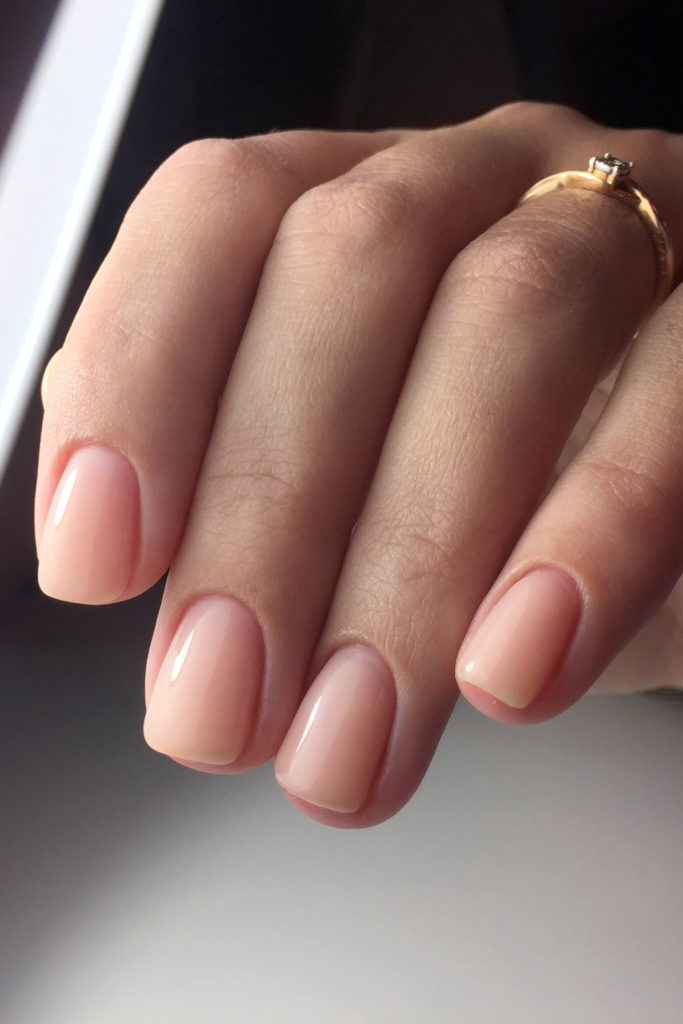A Beginner’s Guide To Cycling
By
4 years ago
Everything you need to know about two-wheeled travel

While many lockdown trends are probably best left in the past – Zoom quizzes and at-home haircuts spring to mind – there’s one that’s here to stay: cycling.
The benefits of cycling have never been so apparent. Not only are bikes a far more pandemic-friendly form of transport, cycling is a great way to get in your daily exercise – and much more eco-friendly than driving. But when starting out, it can be daunting – particularly in busy cities like London. So: we’ve compiled a handy beginner’s guide to cycling, covering everything from road safety to gear to mechanics.
Choosing a bike
There are numerous types of bike to choose from. If you’re planning to cycle mainly to and from work, opt for a road bike, fold bike or commuter bike. Mountain bikes are better suited to less smooth terrain. Leanne Simoncelli, clinical specialist sports physiotherapist at the Institute of Sport Exercise & Health, highlights some factors to consider:
- Comfort on the bike: upright posture vs forward lean.
- Drop down bars vs upright flat bars.
- Slick smooth tyres vs more grippy tyres.
- Whether you’ll be carrying it on public transport.
- Use of panniers vs backpacks vs basket.
Head to your local bike shop for guidance if you’re unsure – and check out our pick of the most stylish bikes around for inspiration.
Regulations & Safety
Before you embark on your life as a cyclist, ensure you know the rules of The Highway Code. This outlines the regulations for cycling on roads, along with general advice for staying safe. Some key points are:
- Though it’s not a legal requirement, it’s advised that all cyclists wear a cycle helmet which is the correct size and securely fastened.
- After dark, your bike must have working lights and be fitted with a red rear reflector.
- Don’t cycle on the pavement.
- Keep both hands on the handlebars except when signalling or changing gear.
- Don’t cycle under the influence of alcohol.
- Never cross the stop line when the traffic lights are red. Some junctions have an area where you can wait and position yourself ahead of other traffic.
- Pay special attention to long vehicles which need a lot of room to manoeuvre at corners – and be aware that drivers may not see you.
- When turning right: ‘check the traffic to ensure it is safe, then signal and move to the centre of the road. Wait until there is a safe gap in the oncoming traffic and give a final look before completing the turn. It may be safer to wait on the left until there is a safe gap or to dismount and push your cycle across the road.’
- At roundabouts, you may feel safer walking your bike round on the pavement. If you do decide to ride round, keep to the left-hand lane and take extra care when cycling across exits. You may need to signal right to show you are not leaving the roundabout.
- Do not ride across equestrian, pelican, puffin or zebra crossings.
- Toucan crossings are: ‘light-controlled crossings which allow cyclists and pedestrians to share crossing space and cross at the same time. They are push-button operated. Pedestrians and cyclists will see the green signal together. Cyclists are permitted to ride across.’

Unsplash
Mechanics & Bike Maintenance
You don’t need a shed full of tools to be a cyclist, but it’s good to have some knowledge about how your bike works. First of all, ensure your tyres are pumped to the right pressure – recommended levels are indicated on the sidewall of the tyres, but it’s partly up to personal preference too. As a general rule, your tyre should be solid enough to prevent the tyre deflecting all the way to the rim, but compliant enough to provide some suspension. Investing in a good pump is worthwhile.
On a similar topic, punctures are very common and knowing how to fix them will come in handy one day. Check out the below video from Cycling UK for guidance.
Saddle height is another important aspect to get right: if it’s too low you’ll find it hard to use your full pedalling range, but if it’s too high you’ll be straining. To find your optimum height, sit on the bike, place your heel on the pedal and pedal backwards to the six o’clock position. Your knee should be completely straight – if it’s bent you need to increase the height, if your heels loses contact with the pedal your need to lower the saddle.
Finally, be sure to clean your bike regularly. Hot soapy water and a sponge will do the trick for most parts, but for the drivetrain (cassette, chain, pedals and cranks) you’ll need a specialist degreaser.
Gear
In terms of clothing, lycra is not compulsory. For everyday cycling you don’t need specialist clothing – just think practically. Ensure you’re comfortable, and that nothing is going to get caught in the wheels.
That being said, it is helpful to have some pieces of kit. If you’re going to be riding in the dark a jacket with reflective panels is useful, gloves are useful in winter, and cycling sunglasses are good in summer. If you plan to leave the bike anywhere ensure you have a good lock – bike theft is very common – and, of course, you’ll always need a helmet.
Simoncelli also suggests investing in padded shorts to protect against chafing, mud or splash guards to protect you from getting wet in the rain, a waterproof jacket, and a multi tool for minor bike adjustments.

Unsplash
Navigating
While navigating as a cyclist, planning ahead is key: avoid busy roads if you can, and have a general idea about your route. There are plenty of apps out there to help, such as Google Maps, CityCyclist and CycleStreets, and brands like Garmin sell devices that will read out instructions as you ride.
Cycling technique
Next up: the actual cycling. Many of us are digging out bikes we haven’t ridden for years, so you might be a bit rusty at first – but it won’t be long before you feel confident again. ‘Pedalling rhythm is key,’ says Simoncelli. ‘Aim for smooth, not too fast or too hard to push. Around 80 to 100 revolutions per minute is ideal. When cornering, ensure your inside pedal is up so you don’t catch it on the road. And the rain, corner with a more upright position and cycle slower as there is a longer braking time.’






